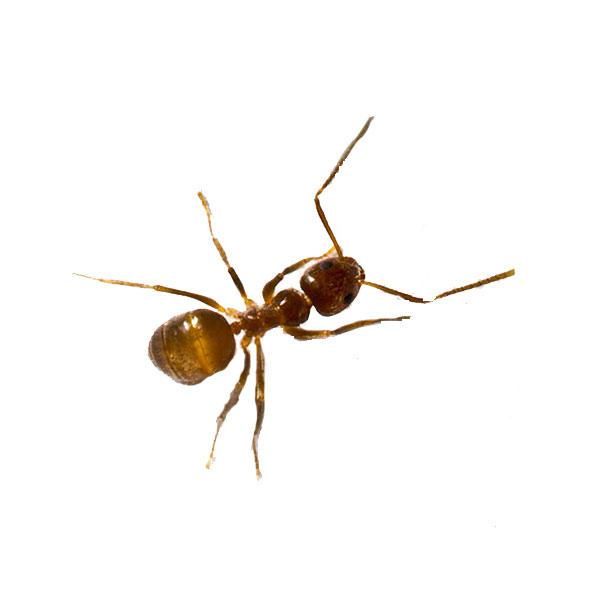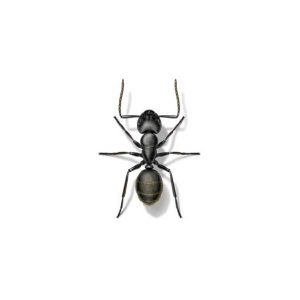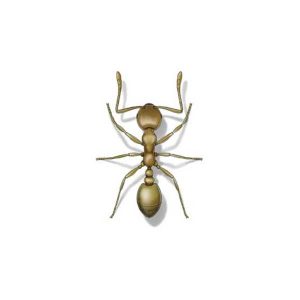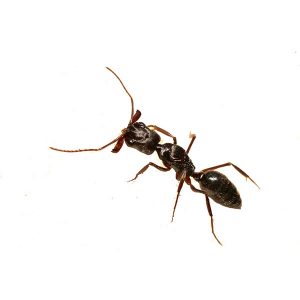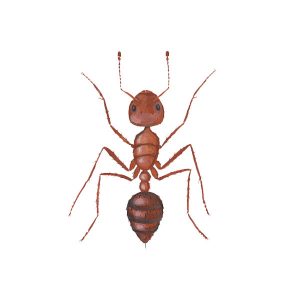Tawny Crazy Ants in Georgia
Also known as raspberry crazy ants, tawny crazy ants were first introduced to the public in Texas in 2002. Since then, they’ve spread to Georgia and scientists believe they may be displacing some fire ants in the area. Named for their butterscotch color and erratic trailing movements, tawny crazy ants follow pheromone trails like other ants. However, the movements of tawny crazy ants appear erratic because they have very long legs and move quickly. Tawny crazy ants can kill grass, displace other insects and destroy electrical equipment, causing damage in urban and rural areas.
Tawny Crazy Ant Habitat
Building large nests, typically near moisture, tawny crazy ants will utilize any available crack or crevice. Nests are found under leaf debris, waste material, soil crevices, and other protected habitats. Although they don’t typically build colonies in homes, tawny crazy ants will venture indoors to forage for meats and sweets. Additionally, nests have been found in potted plants, stumps, and electrical equipment. Tending aphids and consuming their honeydew secretions, tawny crazy ants also prey on live animals and scavenge from dead animals.
Tawny Crazy Ant Behavior, Threats or Dangers
Although they do not have a stinger, tawny crazy ants can bite. When bitten, pain is mild and dissipates quickly. The scavenging behavior of tawny crazy ants leads them into homes, where they are drawn to electrical equipment, destroying electronics and creating a fire hazard. They have been found in televisions, stereos, the backs of computers, and other appliances. Known to chew through insulated wires and causing electrical shorts, many typical pest control tactics for other ants do not provide adequate control of the tawny crazy ant. If a tawny crazy ant infestation is suspected, it is best to consult a professional ant exterminator.

